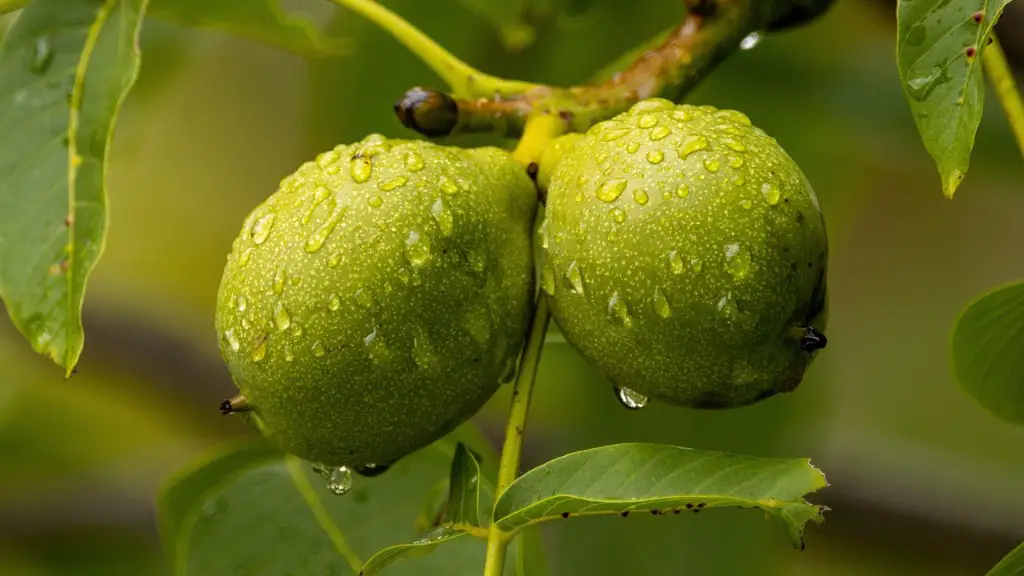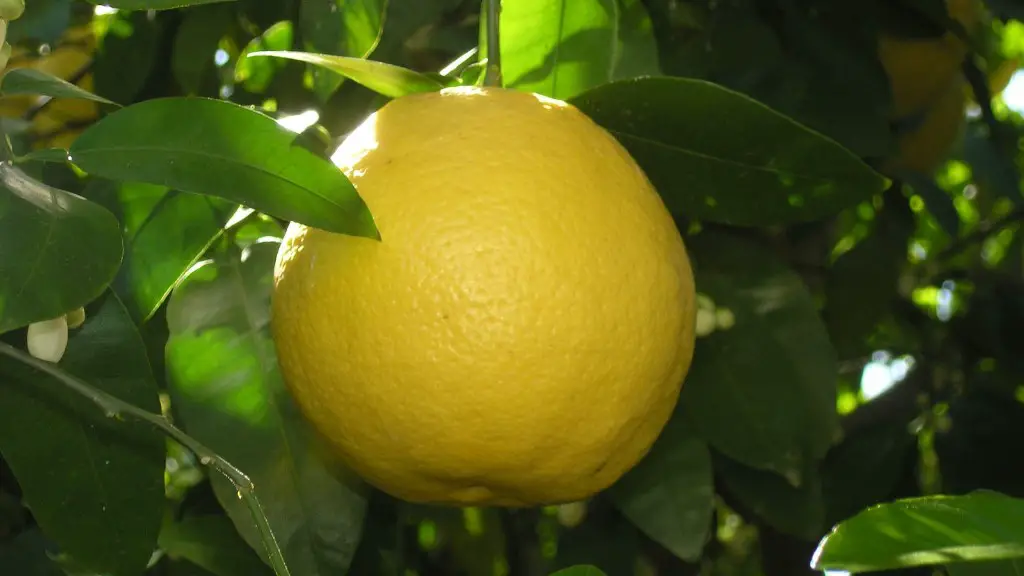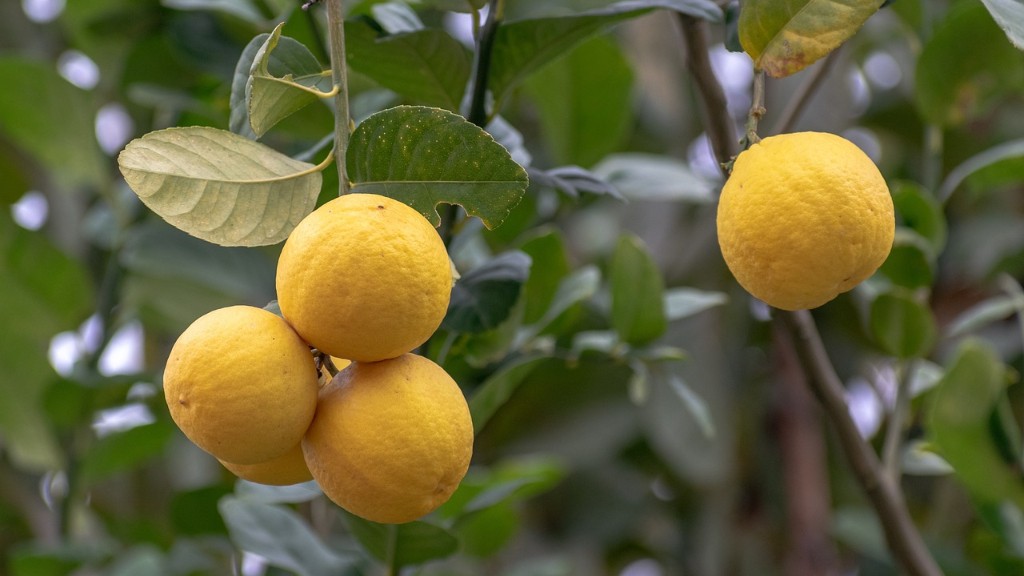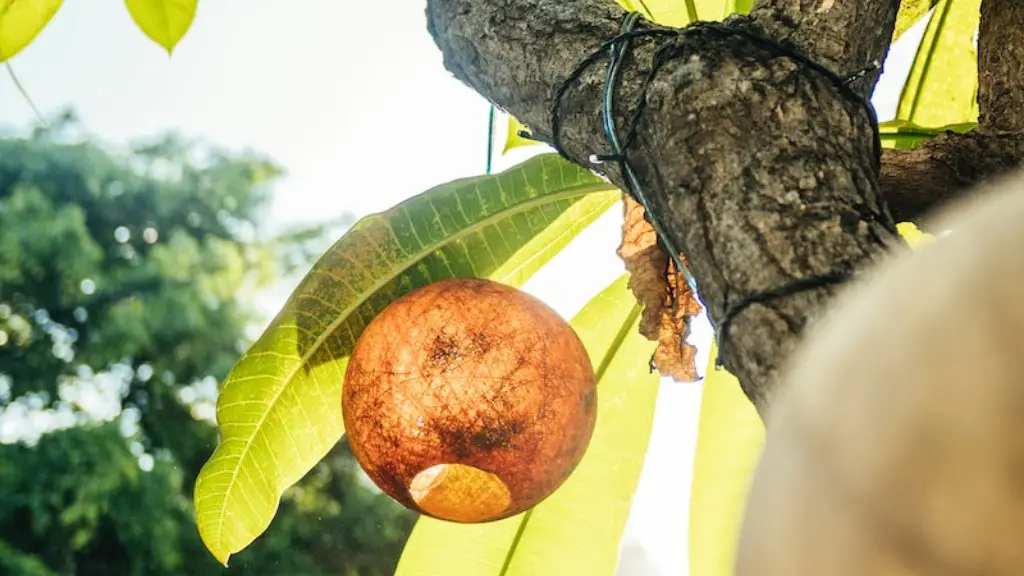Introduction
Palm trees are some of the most iconic and beautiful trees to adorn a garden or a yard. For this reason, many people choose to include them in their landscaping. Unfortunately, many don’t know that they are quite fragile and require a bit of extra attention to flourish. Knowing what is wrong with your palm tree can save you money and keep your garden looking great. In this article, we will outline the most common problems that can occur with a palm tree as well as some tips from experts on how to identify and fix them.
Signs of Underwatering
Underwatering is one of the most common causes of decline in palm trees. Generally, the upper fronds of the tree will start to yellow or droop if it’s not getting enough water. To test, try digging 3-4 inches around the trunk and see if there’s any noticeable moisture. If not, it’s time to give your palm tree a good drink!
Experts recommend also checking the soil in which the palm tree is planted in. Soils that are too rocky with low organic content will not retain enough moisture and could be causing the plant stress. Try incorporating a lot of organic material such as compost into the soil to increase its water holding capacity.
Signs of Overwatering
On the other hand, overwatering can also be damaging to a palm tree. To test if this is the problem, dig into the soil around the palm tree and note if it’s soggy or wet for long periods of time. If it is, then you may be overwatering your palm tree and this could lead to root rot. To correct this, check the drainage of the soil by making sure it is well-aerated, and don’t water the palm tree until the soil is nearly dry.
If you’re concerned about under or overwatering, experts suggest using a hygrometer to measure the moisture in the soil. This will help you to determine exactly how much water your palm tree needs in order to thrive.
Nutrient Deficiencies
Nutrient deficiencies are another common issue with palm trees, especially if they aren’t getting enough trace elements. Symptoms of a nutrient deficiency include yellowing or discoloration of the fronds and leaf tips, as well as stunted growth. To address this, try adding some nutrient rich soil amendments to the soil and make sure to fertilize the palm tree on a regular basis.
Experts recommend using a compound fertilizer that is specifically designed for palm trees or one with a higher phosphorus ratio. This will help ensure that the tree gets the nutrients it needs for healthy growth.
Pest and Disease Issues
Pests and diseases are some of the most dreaded problems for palm tree owners. Unfortunately, infestations can be hard to detect but the damage can be severe. The most common pests to watch out for are spider mites, mealybugs, and scales. These pests feed on the plants sap and can drain the life out of a palm tree if left untreated.
To address this issue, look for signs of small webs or white fluffy masses on the leaves and fronds. These are indicators of common pest infestations. If you find any, experts recommend treating the tree with a horticultural oil or insecticidal soap to eradicate the problem. For more serious infestations, consider contacting a professional.
Sunburn
Because palm trees are tropical and thrive in warm, humid environments, they are also quite sensitive to extreme temperatures. Too much sun can cause their fronds to burn or discolor, and this can be a major problem for palm tree owners. If you’ve noticed brown patches or discoloration on your palm’s fronds, it’s a good sign that sunburn is the culprit.
To fix this problem, try moving the tree to a spot in the shade or create an artificial shade with a netting or cover. If the sunburn is severe, experts recommend pruning the affected fronds and stems to encourage healthy new growth.
Yellowing of Fronds
The fronds of a palm tree are one of its most defining features and so it’s important to watch out for any signs of yellowing. Yellowing can be caused by a number of factors including nutrient deficiencies, underwatering, and pest damage. If you spot it, consider what caused it and act accordingly.
If it’s due to lack of nutrients, then fertilizing and adding organic matter to the soil can help. For pest damage, treat it with an appropriate insecticide or pesticide. And for underwatering, increase the frequency but make sure that you don’t overwater. As a general rule of thumb, always check the soil with a hygrometer to ensure that it is neither over nor under-watered.
Conclusion
Identifying and treating the problems associated with a palm tree can be tricky but with a little bit of patience and knowledge, you can help keep your palm tree healthy and flourishing. Use the tips outlined in this article to diagnose and treat any signs of distress, and your palm tree will be back to looking great in no time.





